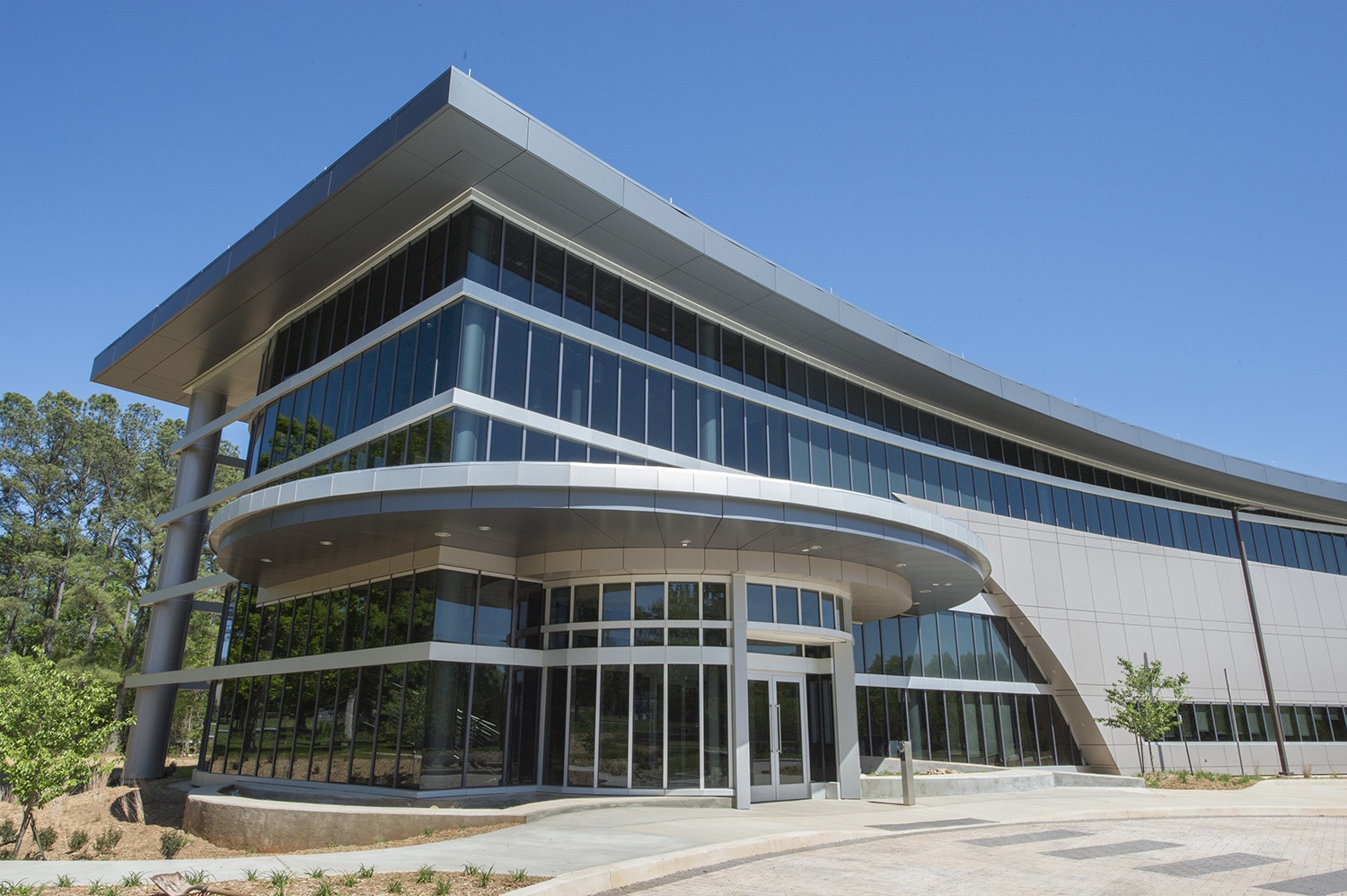
Kennedy's 1961 declaration of the moon as a national goal, the Saturn rocket family - and therefore the Marshall Center - were given a clear mission: to provide power for the lunar voyage. NASA officials were thinking about possible flights to the moon (and the giant rockets such missions would require) while Dwight Eisenhower was still president, as historian Roger Bilstein reports in his history of the Saturn program, " Stages to Saturn: A Technological History of the Apollo/Saturn Launch Vehicles" (NASA History Office, 1996). Kennedy discuss the Saturn rockets developed at Marshall Space Flight Center that went on to power the Apollo program. NASA Deputy Administrator Robert Seamans, rocket engineer Wernher von Braun and President John F. The facility was named for Marshall, an Army General who had served as Army Chief of Staff and as Secretary of State, and who had received a Nobel Peace Prize in 1953 "for proposing and supervising the plan for the economic recovery of Europe" after World War II. President Eisenhower dedicated the Huntsville rocket facility as the George C. Under his supervision, the Huntsville facility was laid out like a factory to keep design, manufacturing and testing in close proximity. This was especially true in the new field of rocketry, where so much was unknown and designs had to be worked out by experiment. Waring recount in " Power to Explore: A History of the Marshall Space Flight Center 1960-1990," (NASA History Office, 1999), von Braun believed in "dirty hands." Engineers, von Braun insisted, should have practical knowledge and should work closely with builders. As a result, the von Braun team was transferred from the Army to NASA.Īs historians Andrew J. When the National Aeronautics and Space Administration (NASA) was established at the direction of President Dwight Eisenhower in 1958, officials in both the Defense Department and NASA concluded that the Saturn rockets would be more useful for space exploration than for military missions. The product of that ambition, the first Saturn I rocket, would eventually fly in 1961.
Nasa huntsville alabama series#
Meanwhile, the von Braun team was thinking bigger, clustering elements of the Jupiter and Redstone rockets to make a series of giant multi-engine boosters. lifts off from Cape Canaveral on May 5, 1961. The Redstone rocket carrying Mercury astronaut Alan B. 31, 1958, and Redstone rockets boosted the Mercury capsules flown by astronauts Alan Shepard and Gus Grissom in 1961. A Jupiter rocket launched Explorer I, the first U.S. Although they were conceived as weapons, both later became famous for civilian missions. The German team, augmented by American military and civilian personnel, developed two new missiles: Redstone and Jupiter.

In 1950 the team was moved to the grounds of Redstone Arsenal, an ammunition factory and test facility outside Huntsville, where they began work as the Army Ordnance Guided Missile Center, part of the Army Ballistic Missile Agency. The group had been housed for a few years at Fort Bliss, Texas, where they supervised test firings of captured German V-2 rockets at nearby White Sands Proving Ground.

Mack and his family reside in Huntsville, Ala.The Center's original core of rocketry talent was a team of about 125 Nazi engineers, led by Wernher von Braun, who had surrendered to the U.S.

His son Zachary is currently a Computer Science major at ASU.

His wife Tamara is also an ASU graduate (1994), receiving her Bachelor of Science degree in Elementary Education. Mack earned a Bachelor of Arts degree in Political Science from ASU (1993) and a Master of Arts degree in Human Resources Development from Bowie State University in Bowie, Maryland. Bradshaw Award, superior performance awards and several letters of commendation for outstanding service. In recognition of his distinguished career, Mack has received several awards including achievement awards from NASA, as well as the CFTC’s Chairman’s Award for Supervisory Excellence, the OPM Director’s Citation for Exemplary Public Service, the Small Agency Human Resources Council’s Charles A. Office of Personnel Management (OPM) in Washington, D.C. Commodity Futures Trading Commission (CFTC) and the U.S. Prior to his position at NASA, he held several posts within the U.S. Mack has more than 25 years of experience in human capital, human resources and personnel management with the federal government.


 0 kommentar(er)
0 kommentar(er)
